An Orthopaedic Surgeon's Approach to Injury Prevention, Exercise & Warming Up
How do we get injured so often? Let us explore the various factors that contribute to this and learn the key injury prevention tips in warming up, exercise, and playing sports.
We all love the various physical activities and sports that we do, and we want to keep doing them without the risk of getting injured. But every athlete, enthusiast and amateur has experienced at least one minor injury while participating in physical activities, such as running, brisk walking, playing golf, tennis, or swimming.
Preparation is key: If you fail to prepare, then prepare to fail.
Adequate hydration
Adequate hydration is a way of life, not just something we do before our exercises. Dehydration may lead to heat exhaustion, heat stroke, muscle cramp and fatigue, breakdown of skeletal muscle. Understanding the signs of dehydration can help you perform better at your sport or physical activity.
Some signs of dehydration include:
- Thirst
- Clammy skin
- Elevated heart rate
- Nausea
- Headache
- Dizziness
- Dry mouth
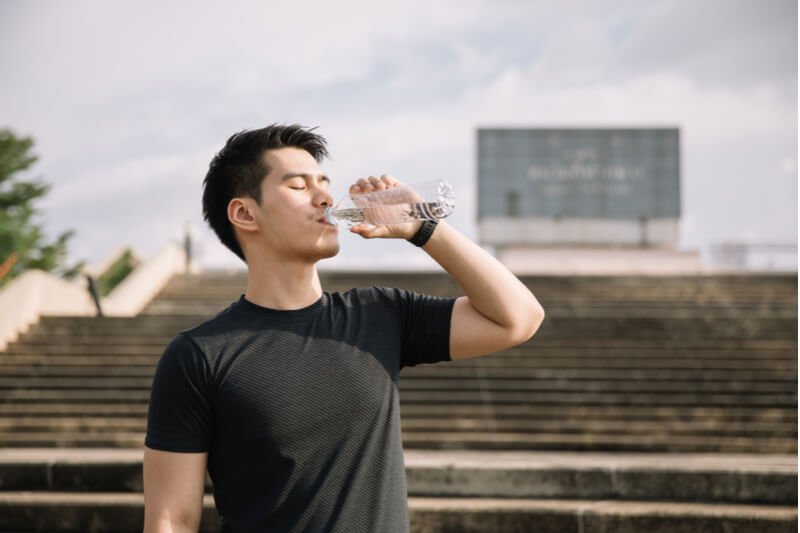
The average adult need about 3 litres of water per day, and sometimes that may be difficult to achieve. Here are some tips you can adopt to drink more each day.
- Drink enough that the colour of your urine is clear. If it is yellow, keep drinking!
- Start drinking the evening before. If you are afraid of having to wake up at night to visit the toilet, then do most of your drinking before dinner.
- Drink about 500mls of water about 30 minutes before your activity to optimise your hydration. Keep drinking water throughout the physical activity when possible.
Attire and personal equipment
Appropriate clothes, attire and footwear are important - you want to be comfortable during your sport wearing clothes that fit. Wearing footwear and attire that fit well and are in good working order are key in injury prevention, as ill-fitting clothes can cause you to fall and sustain sprains or fractures.
Visit a reputable sports shops and enquire about appropriate footwear if you have certain challenges with your feet, such as broad feet or flat feet.
Sports that require specific equipment such as a tennis racket or bicycle will need even more attention.
Personal equipment: Tennis
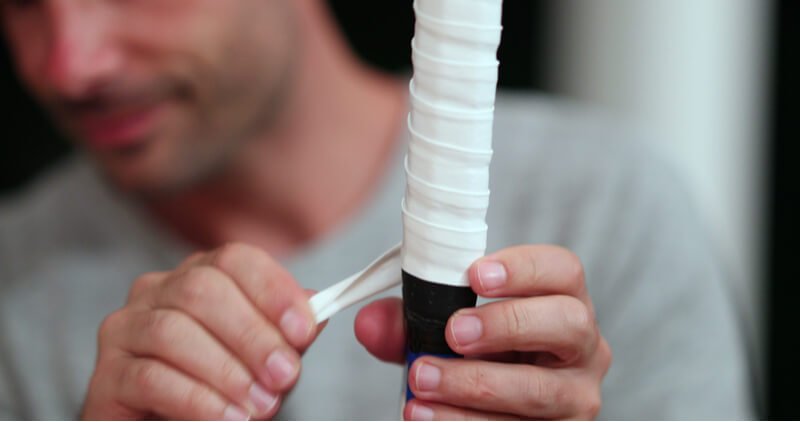
Depending on your age and grip size, use a tennis racket of the right size. It is also recommended that the tennis racket grip is changed after every 8 to 10 hours of play. Grips that are kept for longer may fall apart or not offer enough grip for the player, and this may cause the player to grip the racket harder than they should and cause injuries such as tennis elbow.
If the tennis grip is too small for you, you can apply an extra layer of grip for a better grip.
Personal equipment: Cycling
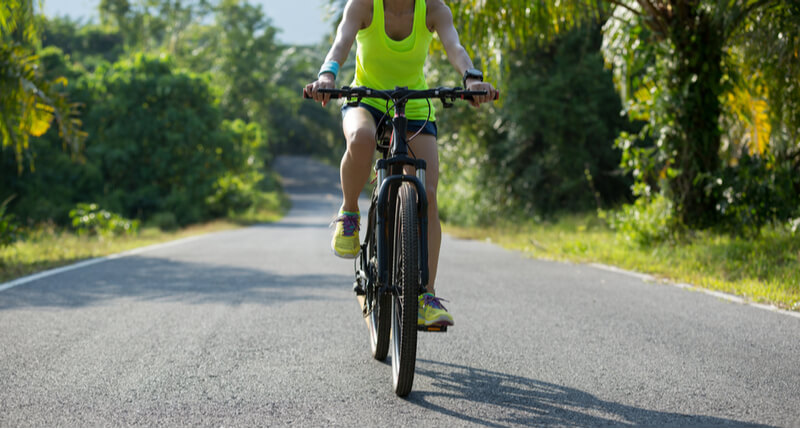
In cycling, ensure that the bicycle you are using is the right size for you. Just like shoes, you should only ride a bike if it fits you well.
If you are unsure, a bike fitter can help to determine a right-sized bike and make minor adjustments to it to ensure that the saddle is at the appropriate height, and the handlebar is at the right distance from the saddle. These tweaks can be made to help make your riding more efficient and reduce the change of muscle fatigue and injury.
Skills and technique
Playing sports can be enjoyable and safe, no matter the level of skills you possess. However, an adequate level of skills may be required for certain sports for you to enjoy it safely and consistently. Tennis and golf are just two examples.
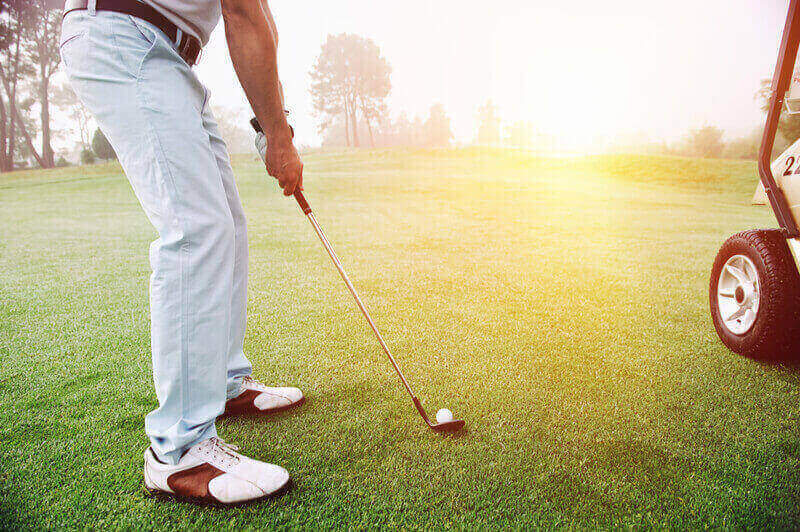
The correct strokes and biomechanics will help to ensure that you enjoy your game and prevent repetitive injuries to your wrist, elbow and shoulder. Poor technique can affect your lower back and knees, leading to ACL ruptures, meniscus injuries or runners’ knees. Even Tiger Woods has had to change his swing technique to prevent further injuries to his body. Over his entire career, Tiger has had countless surgeries due to sport injuries!
A general advice before beginning sports such as these is to spend some time with a tennis coach or golf professional before playing professionally with your friends.
Pre and Post activity rituals
As a rule of thumb, it is good to ensure that your body is adequately warmed up before you start your exercise or sport. Warmups and stretching are critical for better performance and fewer injuries.
Warming up
Warm-ups do not have to last very long, 3 to 5 minutes would suffice. Warm up the same muscles you will be engaging during the main workout; consider doing a toned-down version of the training ahead.
Warming up involves physical movement of several joints to increase the delivery of blood and oxygen to muscles. This may involve running on the sport, doing short laps, push-ups, sit-ups, or squats. Some examples of warm-ups for various physical activities can be:
- Short sprints for runners
- Basic body and joint rotations to get the blood flowing and light weights for weightlifting
- Light kicks and punches for martial artists
The increased blood circulation and oxygen delivered to the muscles with these compound movements of the body will reduce the build-up of lactic acid (see lactic acid below), muscle fatigue and injuries.
Dynamic vs Static stretching
Dynamic stretching moves muscles through a specific range of motion and should be done at the beginning of exercise and sport (called dynamic warm up exercises). It allows joints to be lubricated and muscles to be warmed up in anticipation of a gradual ramp up of physical activity.
Examples of dynamic stretching are:
- Squats
- Push ups
- Bicep curls
Static stretching involves the activation of muscles without moving the joint. A muscle is stretched to near its furthest point for at least 15 to 20 seconds. The emphasis here is focused on a single muscle group with each stretch. Static stretching is usually done at the end of the exercise activity or sport when your muscles are tight and fatigued.
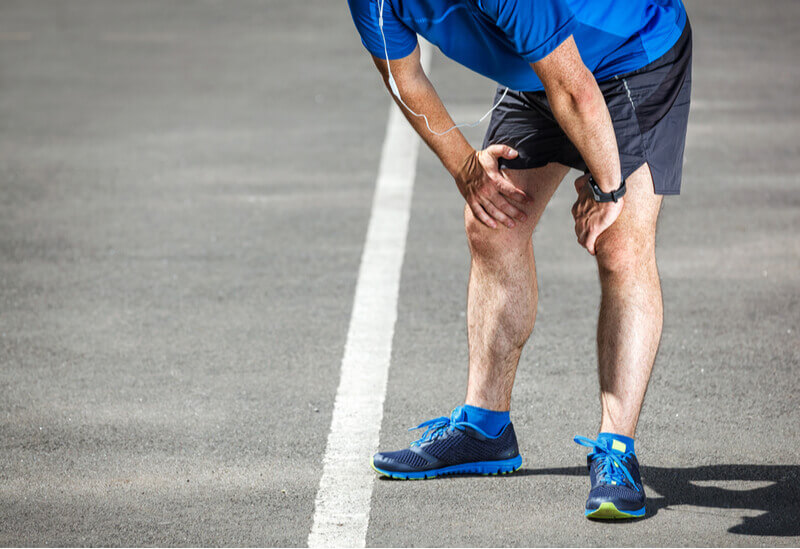
How far should we push ourselves?
A common misconception is to “play through the pain”. This will only cause more pain and/or injury if you exert yourself. Pain from muscle fatigue, lactic acid or an injury will result in poor performance. If you are carrying an injury, ensure adequate recovery before resuming high intensity sports and exercise.
What is lactic acid?
When you break into an all-out sprint, a vast amount of energy is required within a short amount of time. During this time, you may not have had the time to take a breath.
In times of intense energy needs, muscles switch to anaerobic respiration because it is a much quicker way to produce energy. Your fast-twitch muscles then produce lactic acid, a by-product of anaerobic respiration that give you that burning sensation in your arms or legs.
The discomfort from lactic acid build-up is only temporary and can be resolved by resting, drinking and taking deep breaths after an intense workout or sprint. Having orange juice before exercise also helps to reduce lactic acid build-up.
Consult an orthopaedic surgeon for sports injuries
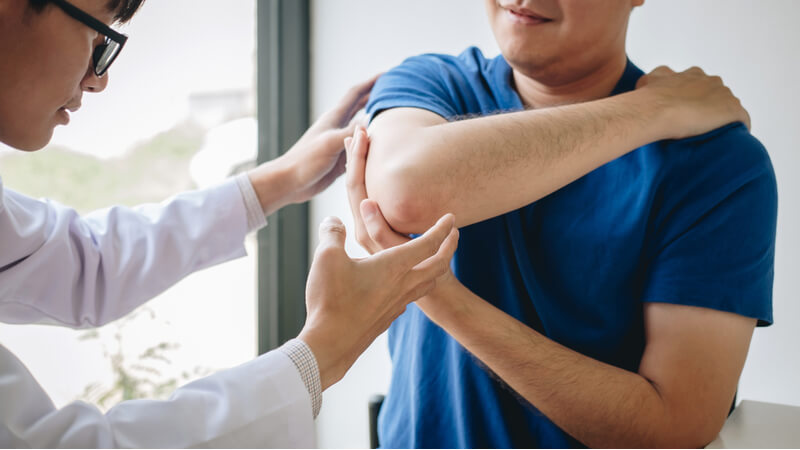
If you are experiencing persistent and significant pain in your body associated with daily activities or sport, seek the advice of an experienced orthopaedic surgeon. He or she will take a thorough history from you and perform a physical examination of the affected limb or part of the body to help you recover and return to your favourite sport.
Appropriate imaging such as an MRI scan will also help us to decide the nature and severity of your injury. It is also good to know that not all sports injuries require surgery. Most injuries heal over with adequate rest, anti-inflammatory medication and proper rehabilitation.
At Orion Orthopaedic Surgery, we are here to restore the functionality of your bones, joints, and quality of life, so you can get back to the physical activities and be at your best self. Learn more about how we can help to treat common sports injuries by scheduling an appointment with orthopaedic surgeon Dr Mizan Marican.
Is it alright to walk around with a sprained ankle?
This depends on the sprain's severity and what treatment has been rendered for the injury. Your doctor may advise you to only put minimal weight on your ankle while it is still recovering from the injury. Excessive walking may lead to more pain and swelling if the injury is stressed too early on.
How do I know if my ankle sprain is serious?
The nature of the initial accident or injury will provide a good idea about how fast it may recover. A serious injury is characterized by severe pain, swelling, and recurrent sprains despite efforts to support and treat it. If you are experiencing these, the soonest visit to the specialist is highly advised.
Can I claim insurance for my ankle injury?
Ankle sprains and injuries are insurance claimable. We do advise our patients to check with their personal or corporate insurance plans and representatives. We are also able to help them with this if required.
What should I do immediately after an ankle sprain while waiting for my appointment and treatment?
Timely self-care with rest, icing, compression, and elevation are important to manage the initial pain and swelling around the ankle. Anti-inflammatory medication will further reduce the pain and swelling that you may be experiencing.
I have more questions, how can I speak to a doctor?
Please call us at +65 6733 4565 (during office hours), or drop us a text or WhatsApp message at +65 9766 4565. We will reply to your queries as soon as we get them. You may also call to make an appointment to see Dr. Mizan for your ankle injury.